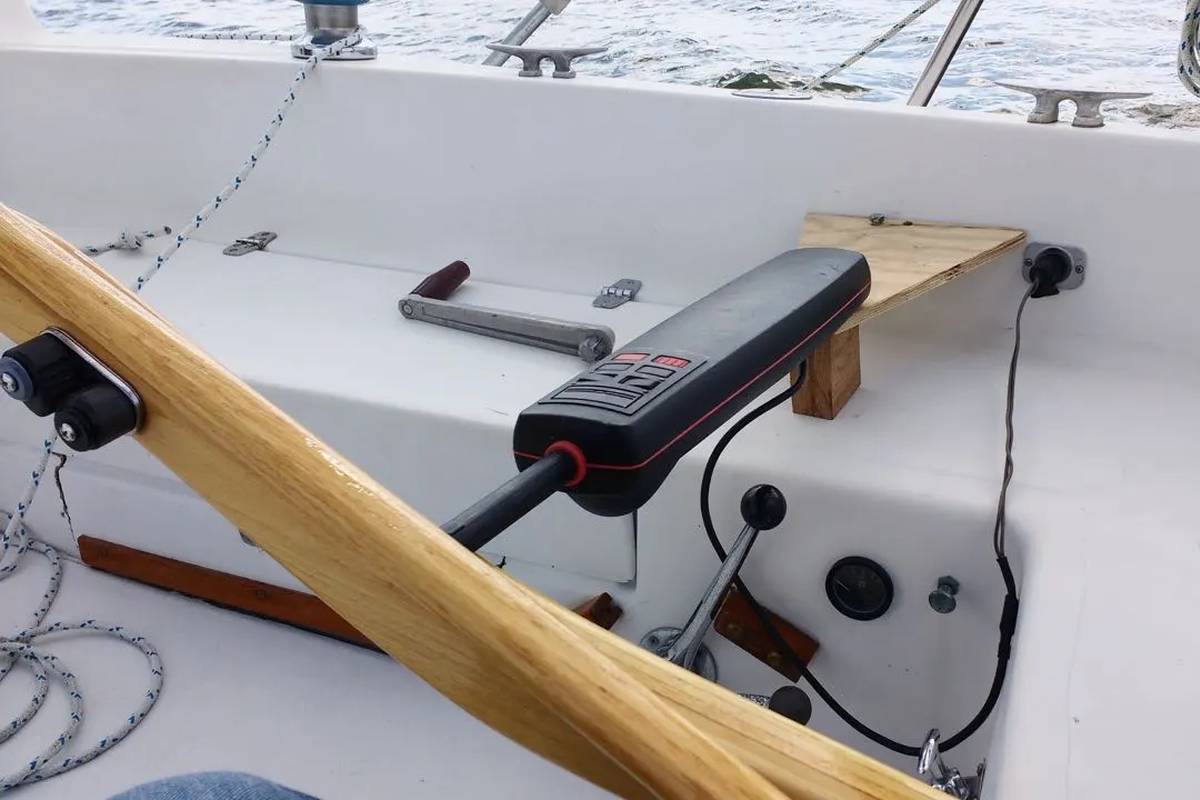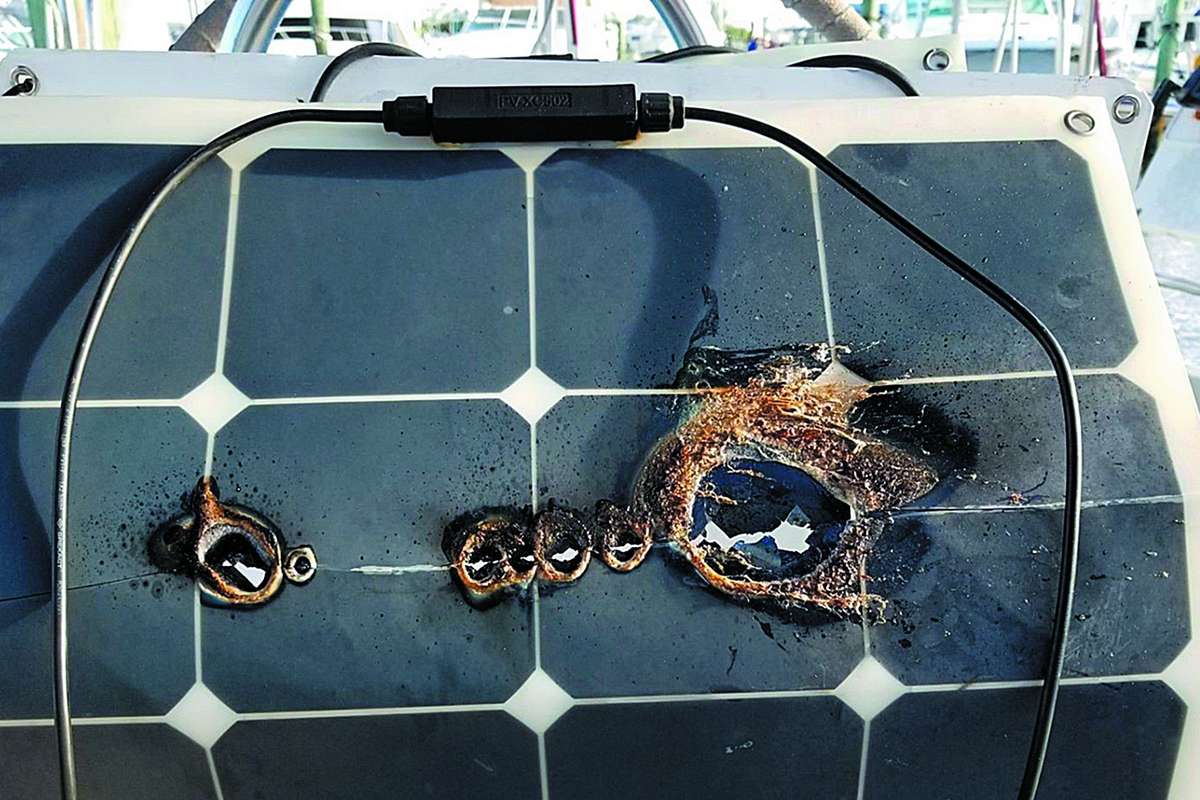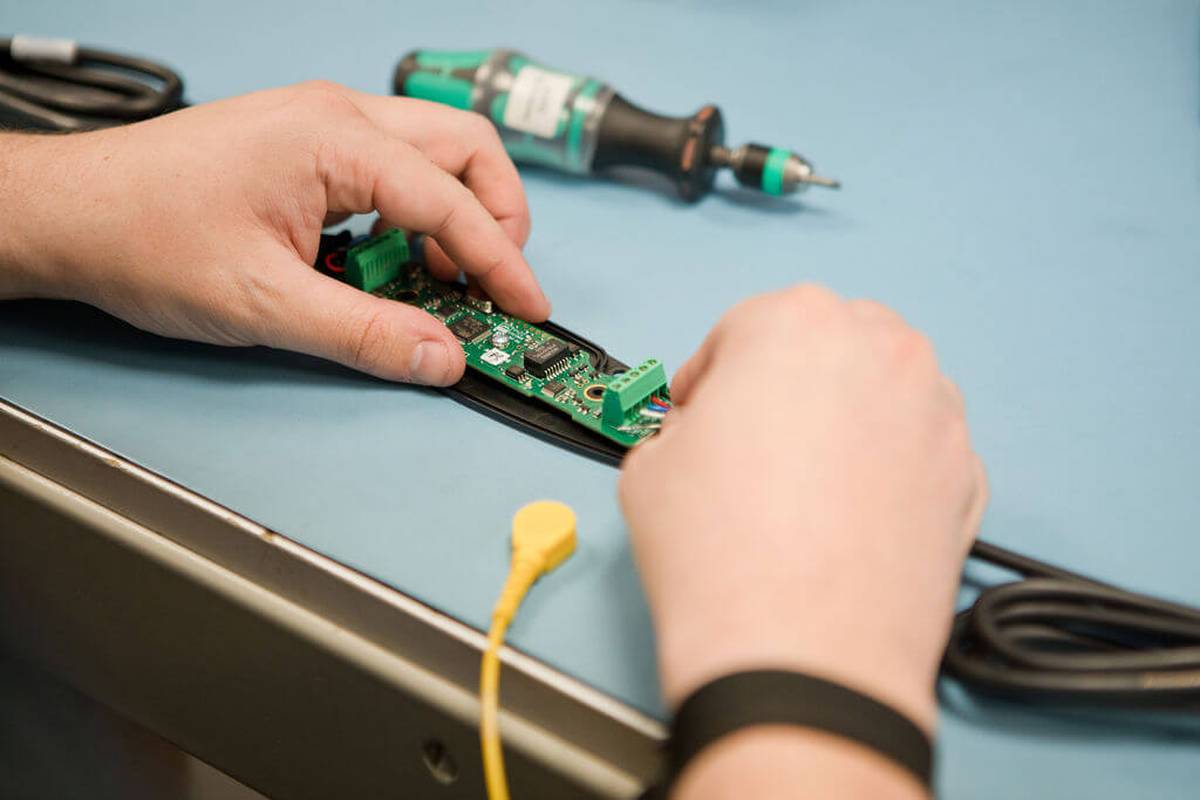A tillerpilot is an automated device that takes over the manual operation of a boat’s tiller, freeing up the skipper for other tasks.
While this device can provide convenience and ease, improper use can lead to malfunction and even accidents. Below are some essential tips and cautions to consider when operating a tillerpilot.
Read the Manual
Before anything else, make sure to read the user manual carefully. Understanding the device’s operations and limitations can be the difference between smooth sailing and a problematic journey.
Proper Mounting
Incorrect installation can lead to a loss of steering control. Ensure that the tillerpilot is securely fastened and in a position that allows it to operate the tiller efficiently.
Calibration
Most modern tillerpilots come with self-calibrating features. However, it is advisable to manually calibrate the device to get more accurate steering.
Check Weather Conditions
Always consider the sea state and wind conditions before activating the tillerpilot. In some cases, it may not perform well in extreme conditions.
Stay Alert
Even with the tillerpilot operational, someone should always be on the lookout. Automatic piloting is not a substitute for vigilant supervision.
Test Before Committing
Try running the tillerpilot under controlled conditions before embarking on an extended trip. This will give you an idea of its reliability and performance.
Battery Monitoring
Tillerpilots consume a significant amount of power. Always keep an eye on the battery level to avoid losing control due to a drained battery.
Never Leave Unattended
Regardless of how reliable your tillerpilot may be, never leave your boat unattended while it’s operating. Unexpected weather changes or technical glitches can occur at any time.
Emergency Cut-off
Know how to instantly disconnect the tillerpilot in case of malfunction or emergency. This will allow you to revert to manual steering swiftly.
Redundancies
Always have a backup plan. Whether it’s a secondary navigation system or an extra set of hands on deck, having alternatives ensures you’re not solely reliant on the tillerpilot.
Regular Maintenance
Overlooking maintenance can lead to a sudden breakdown. Regularly check for corrosion, wire damage, or mechanical wear and replace or repair parts as necessary.
Software Updates
Manufacturers often release firmware updates that improve performance and safety. Make sure your tillerpilot’s software is up to date.
Always keep in mind that no device is foolproof. Taking the time to understand and properly manage your tillerpilot is essential to making your voyage more enjoyable and safe.





Leave a Reply